Ichiran
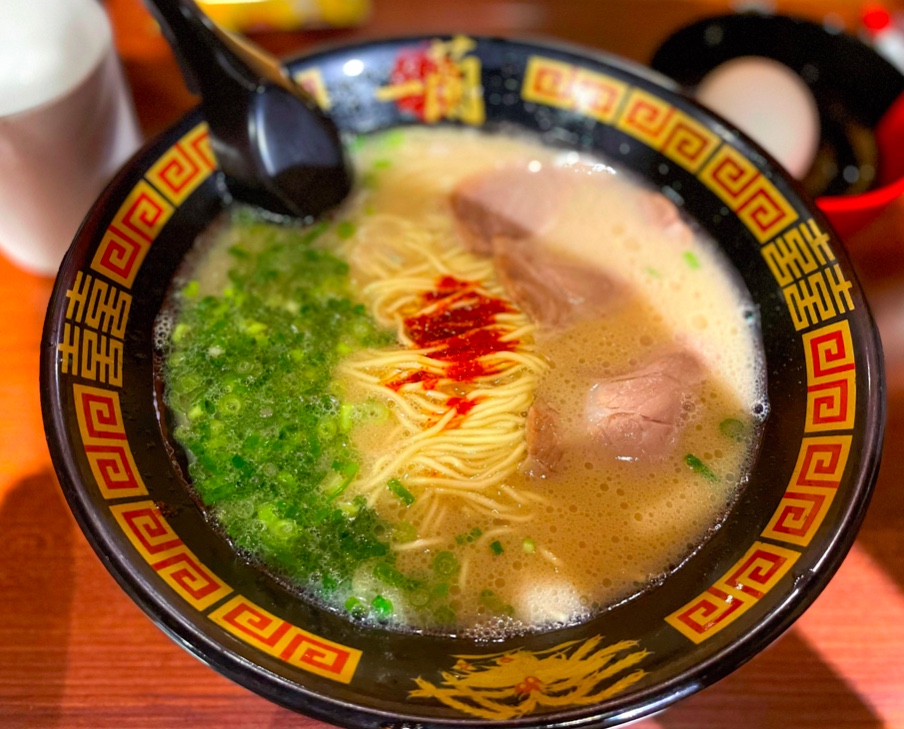
Ichiran made its big breakthrough with its partitioned counter where one cannot see the other customer’s face. It was the first ramen restaurant in Japan to introduce a membership system, and it has become well known with famous celebrities frequenting the restaurant. It has gained a big fan base. Its history began in Fukuoka in 1960. The restaurant is famous for its Hakata ramen, and its commitment to tonkotsu ramen is considerable, with customers being able to order the thickness of the soup, the amount of garlic, whether or not they want chashu pork, and even the variety of green onions. The restaurant’s groundbreaking system has also become popular, such as the “Daitama Order System,” which allows customers to secretly order more ramen without having to raise their voices when they want another bowl. It has now expanded overseas, with multiple locations in New York, Hong Kong, and Taiwan, where the world’s most cutting-edge fashions are found.
Tenka Ippin

Tenka Ippin” has taken Japan by storm with a choice of either “rich” or “light” flavor. The chain has about 230 outlets throughout the country. It has already expanded by opening a Hawaii branch. It is no exaggeration to say that the appeal of Tenka Ippin is concentrated in its “kottori” soup, which has a thick broth, and most people order this type of ramen. Ramen kits are also available so that customers can easily reproduce the dish at home. It was established in 1971 and began its history as a food cart. It is nicknamed “Tenka Ippin” by its passionate fans and is truly loved by them.
Ringer Hut
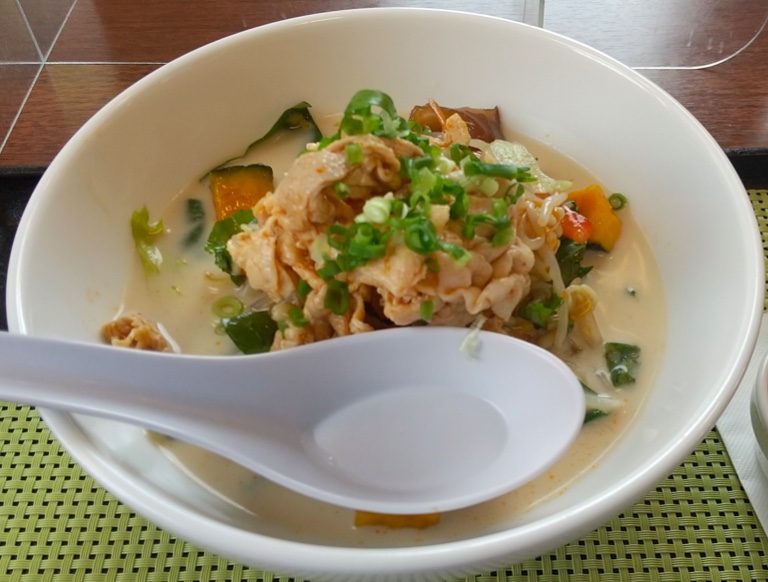
Ringer Hut, a Nagasaki chanpon specialty restaurant, was established in Nagasaki in 1974 and is now a giant ramen chain with approximately 600 outlets. The unique name is a combination of the surname of Frederick Ringer, an English businessman who conducted business in Nagasaki from the end of the Edo period to the Meiji Restoration, and “HUT,” meaning “small house. It is evident that Nagasaki, with its history of trade, is also the birthplace of this chanpon.
Ringer Hut’s success was due to the fact that it targeted food courts in shopping malls, where many people gather. Furthermore, with the keywords “safe and secure” for both children and adults, all ingredients are produced domestically, and no synthetic colors and preservatives are used in this nutritious food.
Sugakiya
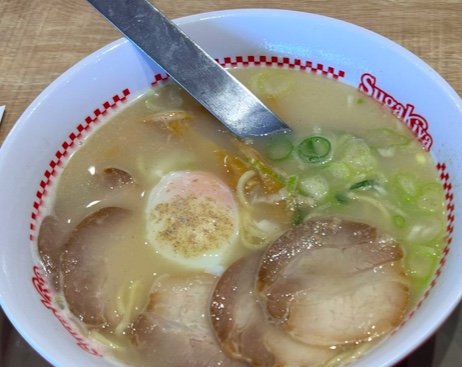
Sugakiya started in Nagoya in 1946 as a “sweet store. The ramen that is now the mainstay of the menu was first offered in 1948, and since then the chain has achieved great growth as a ramen chain. It is now a household name throughout Japan and was the first in the country to develop a powdered soup for instant use, which has become very famous. The company also created the “Ramen Fork,” which combines a fork and a bamboo stick, and its design is so sophisticated that it is sold at the Museum of Modern Art in New York City. The menu also features a wide variety of sweet dishes such as soft-serve ice cream and shaved ice, which bring back fond memories of the restaurant’s founding. The menu also includes curry and go-moku gohan, a lineup rarely found in ramen restaurants, and is popular with families.
Ippudo
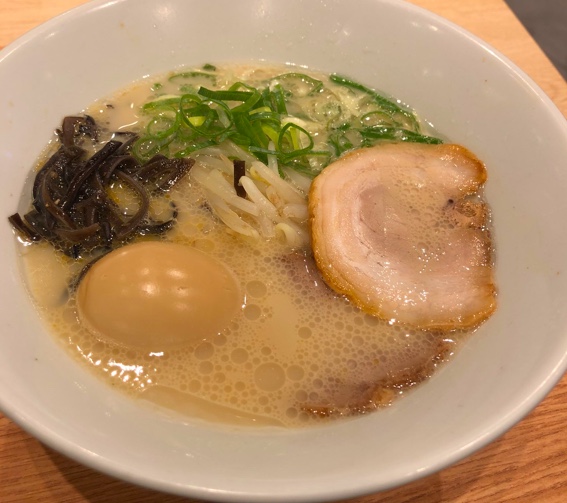
Ippudo is a major global brand that has successfully branded Fukuoka’s local ramen, “Hakata Ramen,” and has also expanded into the world. Since its founding in 1985, it has gained popularity at breakneck speed, coupled with the well-thought-out atmosphere of its restaurants. Its thin noodles, typical of Hakata ramen, and its rich tonkotsu (pork bone) broth, which makes you want to taste it over and over again, have been firmly maintained and gained the support of men and women of all ages. The menu is simple, with a basic “Shiromaru Gen-mi”, “Akamaru Shin-mi” with spicy miso and spicy oil for added stimulation, and “Koku Karaka-men” for even more spiciness, but it is also a pleasure to be able to order your liking in detail.

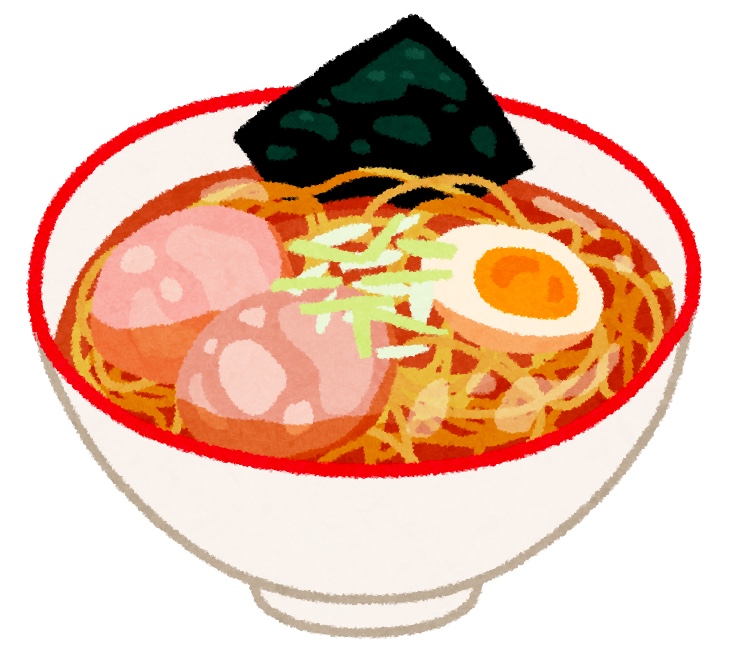


Comments